We wire the battery, switch and bulb into the circuit of Figure 3-1. After the switch is closed, the current flows from the positive pole of the battery, and flows into the negative pole of the battery through the switch and the small bulb, and the small bulb emits light. Both the wire and the small bulb are electrically conductive and they are called conductors. In general, metals are conductors. When the current passes, the conductor has a certain hindrance to the current. This blocking effect is called resistance. The literal symbol for the resistor is R. The basic unit of resistance is ohms (symbol Ω), as well as larger units of kiloohms (KΩ), and megohms (MΩ). Their conversion relationship is:
1MΩ=103KΩ1KΩ=103Ω
   Â
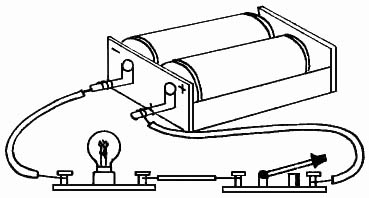
Figure 3-1 Lighting circuit
Commonly used resistors fall into two broad categories. A resistor with a fixed resistance is called a fixed resistor . Resistors with continuously variable resistance are called variable resistors (including emblem resistors and potentiometers). Their shapes and graphical symbols are shown in Table 3-1.
Resistors can also be classified into carbon film resistors, metal film resistors or wirewound resistors, etc. due to different materials.
What does the resistor do in the circuit?
Table 1 common resistors
Fixed resistor
   Â

Â
   Â
Â
Trimmer resistor
   Â
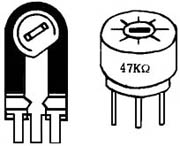
Â
   Â
Â
Potentiometer
   Â
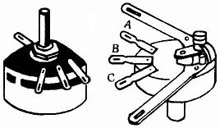
Â
   Â
Â
We replaced the switch in Figure 3-1 with a 470 ohm potentiometer (Figure 3-2(A)). Rotate the handle of the potentiometer, the brightness of the small bulb changes with the value of the resistance. The larger the resistance value, the darker the small bulb. This shows that the resistor can control the strength of the current in the circuit. We can refer to this circuit to make a small table lamp that can be dimmed.
   Â

Figure 3-2 The role of resistors and capacitors in the circuit
There are two main parameters of the resistor:
1. Nominal resistance and tolerance.
The value of the resistance marked on the resistor is called the nominal resistance. Such as 1.5K, 5.1Ω...... Its actual resistance allows a certain error, called tolerance, divided into I (±5%), II (±10%), and III (±20%). If the resistor is marked "3KΩI", it means that the resistance of this resistor is 3KΩ, and the error is 5%.
The nominal value and error of the resistor can also be represented by a color circle. Four colorful circular rings are printed on the resistor, three color rings next to the left end of the resistor indicate the resistance value, and the last color ring indicates the tolerance. The identification method is shown in Table 3-2.
The nominal value of the trimmer resistor and potentiometer is its maximum resistance. For example, a 100K potentiometer indicates that its resistance can vary continuously from zero to 100 kΩ.
2. Rated power.
Refers to the maximum power allowed while the resistor is operating normally. Above this value, the resistor will burn out due to the heat of distribution. In the electronic production involved in this chapter, if there is no special requirement, the resistors use 1/8w carbon film resistors.
Cutter Taps
When machinists need to create internal threads, they opt for cutting taps. Cutting a tap means using tools that remove material from the tapped hole, according to OPT Tool. This process then leaves an internal thread that meets the machinist`s desires.
A machinist achieves that geometric precision by using tools that come with a feature called the chamfer, which cuts a 90-degree angle or edge to make it more symmetrical. This gradual cutting motion allows a tap to smoothly enter a hole.
We are a professional manufacture in producing Carbdie Taps. We offer a complete range of taps in carbide, CPM and HSS-E.
For Carbide Taps, we provied regular stock, and we also provide customization for your designs and logo. It is important to choose a professinonal manufacture to work with you, in order to communicate every details in the design. Our reputation has been built on quality, design and service – all at a competitive price. No matter you are a agent buyer or a factory source for self-use, we will be your most trusted partner.
Cutter Taps is a tool for processing internal thread. According to the shape, it can be divided into a spiral tap and a straight blade tap. According to the use environment, it can be divided into a hand tap and a Machine tap. According to the specifications, it can be divided into metric, American and British taps. Taps are the primary tool for manufacturing operators to machine threads.
PRODUCT DETAIL:
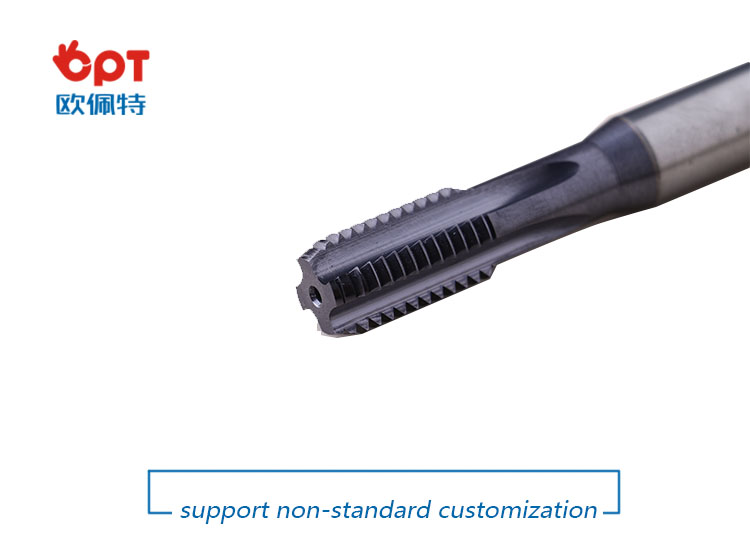
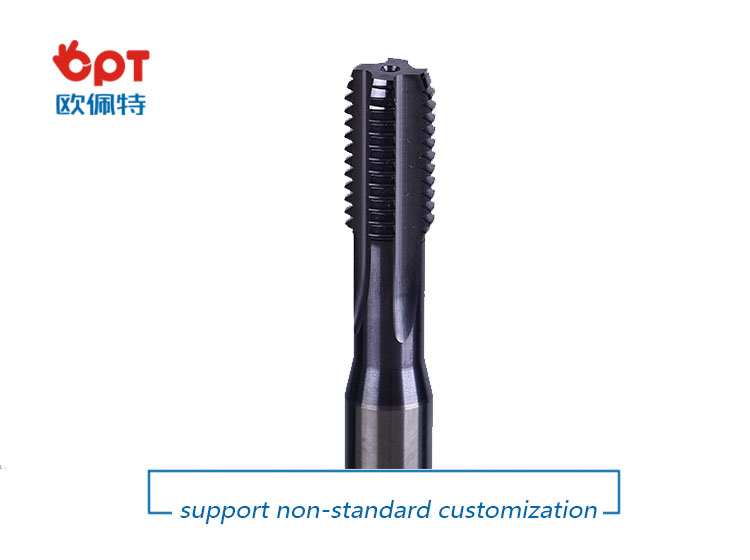
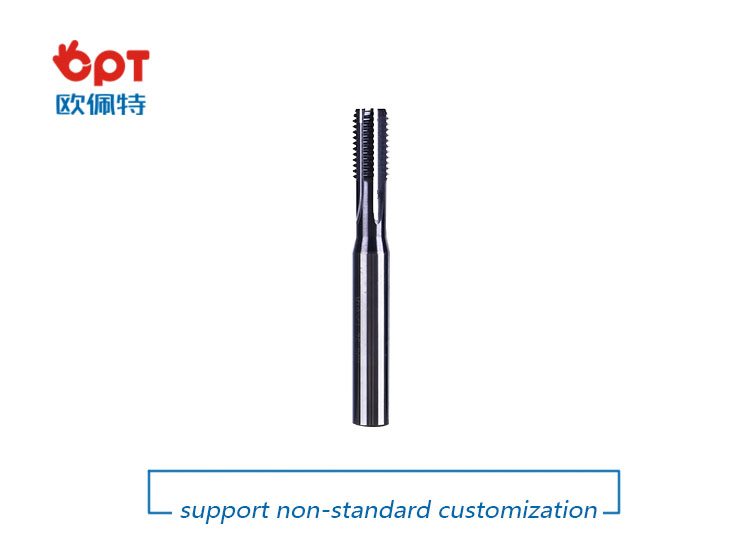
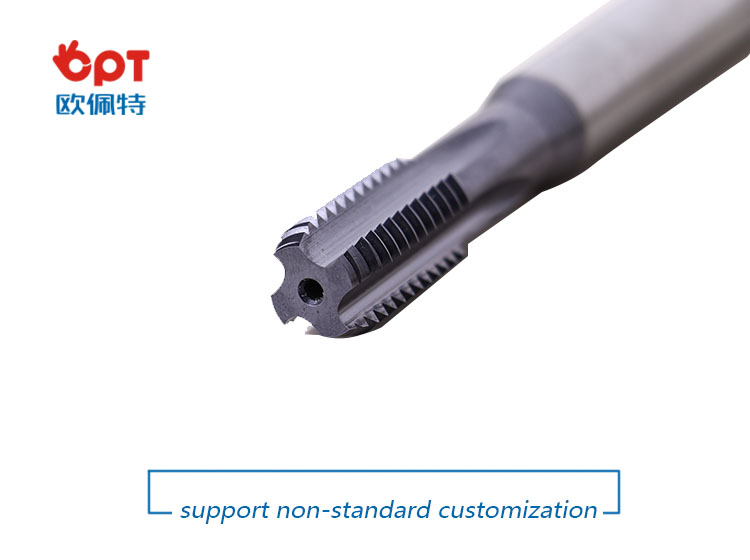
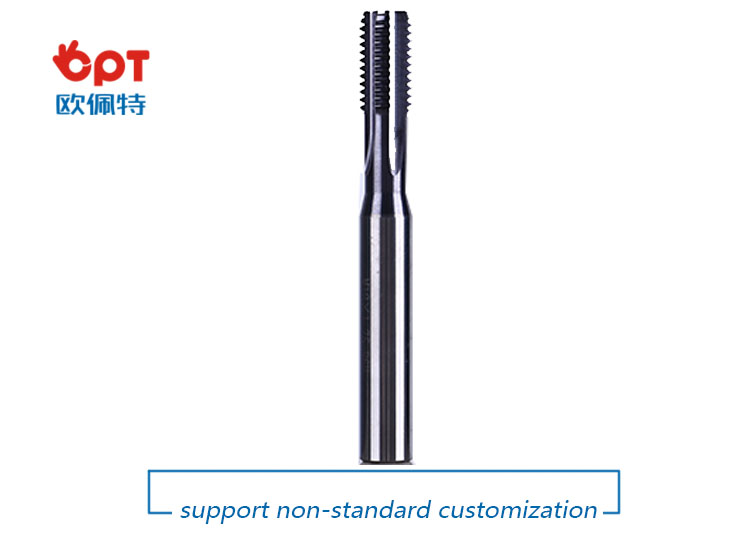
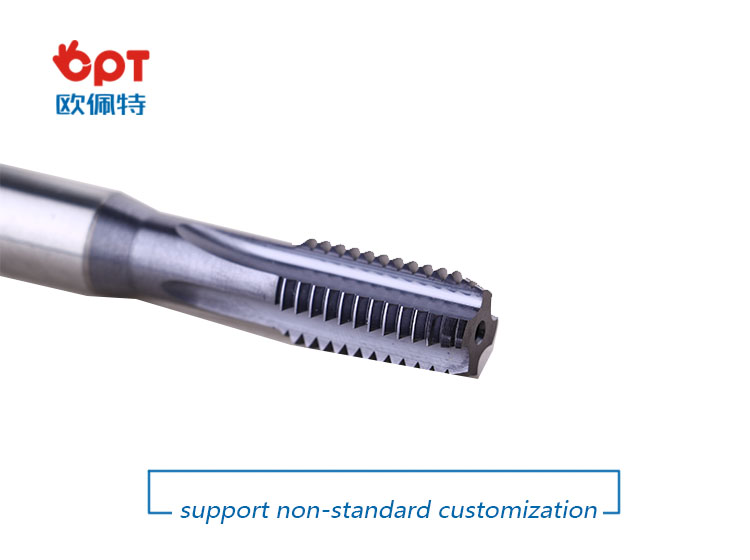

PRODUCTING PROGRESS:

PAYMENT AND DELIVERY:

PRODUCT EQUIPMENT :
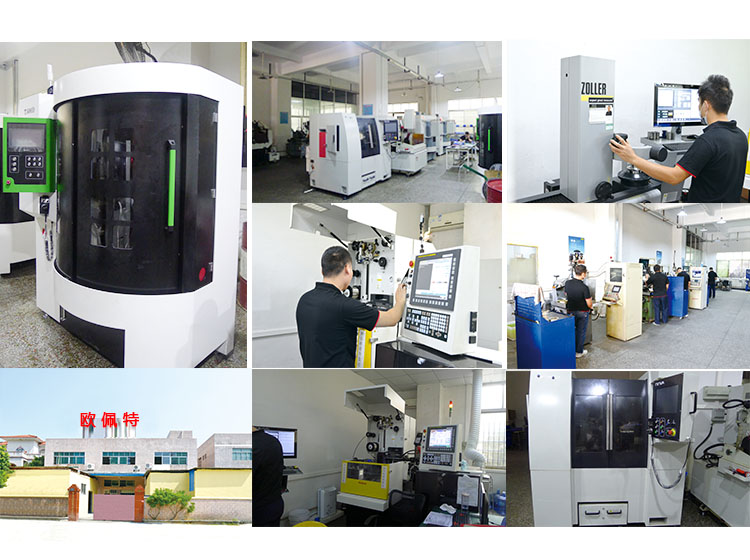
ABOUT US :
We are specialize in manufacturing PCD diamond tools and Carbide tools. Our major product inclulde PCD Inserts, PCD Reamers , PCD End Mills, PCD Taps, Cabide Inserts,Carbide Drills, Carbide Reams, Taps etc.,
We also offered customized cutting tools per drawings, and provide package according to customer requirements. We manufacture a series range of cutting tools for machining of Cast iron, Aluminium alloy and Non-Ferros metal, it is widely used in all major sectors like Automobiles, Engineering, Aerospace, Aviation and 3C industry. Premium quality of raw material is used in the production and strict examination during processing with advanced equipment, so our client are satisfied with our reliable quality and on-time delivery.
Our best selling of cutting tools include PCD Inserts, PCD End Mill, PCD Ball Nose Mill, PCD Reamer, Carbide Taps, Carbide End Mill, Special Form Cutter and many more. For these years we have been made a large forward in the technologies of manufacturing cutting tools. With high quality on performance and price, our product sells well both on domestic and overseas market. And we will always focus on the quality and best service, to make long business relationship.

quanlity control:
We have dedicated team of quality control and precise equipment to keep good and stable performance for our products and processing services.

Cutter Taps,Thread Cutting Tap,Thread Tap Set,Carbide Tap Set,Cutter Taps
OPT Cutting Tools Co., Ltd. , https://www.optdiamondtoolss.com
